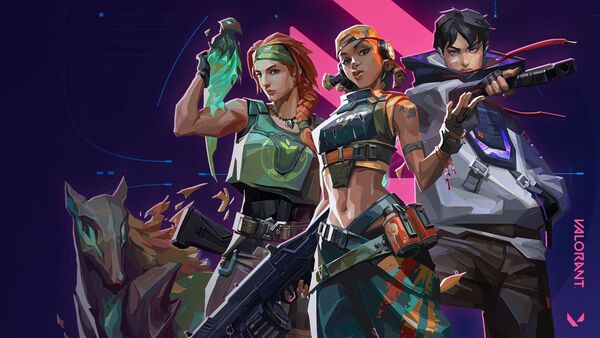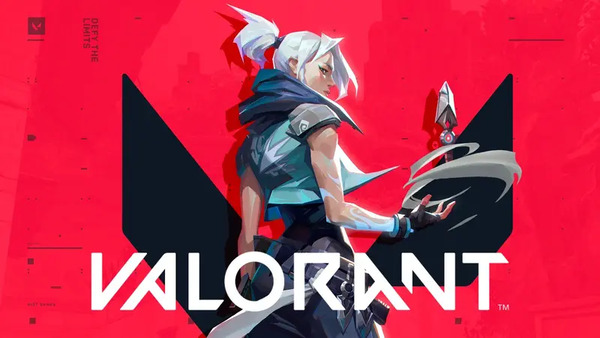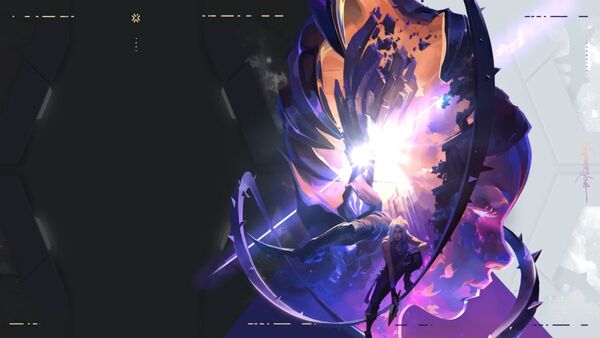Advertisement
Popular Now
Introduction
Since its release in June 2020, Valorant, developed by Riot Games, has rapidly established itself as a leading tactical first-person shooter. Combining elements of traditional shooters with unique agent abilities, the game has captivated millions. However, one persistent issue has surfaced repeatedly: matchmaking. Many players have voiced concerns about the fairness and effectiveness of the matchmaking system, which can impact gameplay experience and player retention. This article explores the complexities of Valorant's matchmaking system, its historical development, community feedback, and potential solutions to improve the overall experience.
The Evolution of Matchmaking in Valorant
Early Days of Valorant
Upon its release, Valorant garnered significant attention, leading to an influx of players eager to dive into the competitive scene. Riot Games initially implemented a straightforward matchmaking system to accommodate both casual and competitive players.Initial Reception
Players were generally satisfied with the early matchmaking experience. Most matches felt balanced, and players appreciated the blend of tactical gameplay and character abilities. However, as the player base expanded, issues began to surface.The Growth of Competitive Play
As the competitive scene gained momentum, the need for a robust matchmaking system became evident. Riot introduced various ranks and divisions to help categorize players based on skill levels.- Ranked Mode Launch: The introduction of ranked mode in Valorant aimed to provide players with a competitive environment where they could measure their skills.
- Ranking System: The rank system, consisting of Iron, Bronze, Silver, Gold, Platinum, Diamond, Immortal, and Radiant, created a structured way for players to progress.
The Mechanics of Matchmaking
Understanding Matchmaking Algorithms
At the core of Valorant's matchmaking system is an algorithm designed to create balanced matches. The algorithm takes various factors into account, including:Skill Ratings
- Matchmaking Rating (MMR): Each player has an MMR that reflects their skill level. The goal is to match players with similar MMRs to ensure competitive matches.
- Performance Metrics: Beyond MMR, factors like recent performance, win rates, and individual statistics also influence matchmaking.
The Role of Agents and Team Composition
 In addition to skill ratings, the choice of agents can impact matchmaking outcomes. Different agents bring unique abilities that can shift the balance of a match.
In addition to skill ratings, the choice of agents can impact matchmaking outcomes. Different agents bring unique abilities that can shift the balance of a match.
- Diversity in Team Composition: A well-rounded team composition can enhance a team's chances of winning, while a lack of synergy can lead to defeat.
- Agent Synergy: The matchmaking system does not account for agent synergy, which can lead to imbalances if teams are composed of incompatible agents.
Common Complaints from the Community
Skill Disparity
One of the most significant issues players face in Valorant matchmaking is skill disparity. Matches often feature players of varying skill levels, leading to frustrating experiences.Smurfing
- Definition: Smurfing refers to high-skilled players creating new accounts to play against lower-skilled opponents.
- Impact: This practice skews matchmaking, as new players are often unable to compete against seasoned veterans, leading to demoralizing experiences.
Matchmaking Queues
Players have reported long wait times for matches, which can negatively impact the overall gaming experience.- Extended Wait Times: In some regions, players experience lengthy queues, particularly in lower ranks.
- Match Quality: The desire to fill matches quickly can result in suboptimal matchmaking, where players are paired with those of drastically different skill levels.
Community Feedback and Riot's Response

Player Outcry
As complaints regarding matchmaking grew, the Valorant community took to forums and social media to voice their concerns. Key points of frustration included:- Unbalanced Matches: Players expressed frustration over frequent match outcomes that felt predetermined due to mismatched skill levels.
- Lack of Transparency: Many players felt that Riot did not provide enough transparency regarding how the matchmaking algorithm worked.
Riot Games' Initiatives
In response to community feedback, Riot Games has made efforts to address matchmaking concerns, although the effectiveness of these initiatives has been debated.- Transparency Updates: Riot has released updates explaining aspects of the matchmaking system, attempting to clarify how MMR and performance affect match outcomes.
- Adjustments to Algorithms: Periodic adjustments to the matchmaking algorithm aim to improve balance, although the results have been mixed.
The Psychological Impact of Matchmaking Issues
Frustration and Burnout
The psychological toll of poor matchmaking can lead to frustration and burnout among players, affecting their overall enjoyment of the game.Player Engagement
- Decreased Engagement: Continuous frustration can result in players disengaging from the game, leading to a decline in the player base.
- Toxicity: Frustration stemming from matchmaking can also contribute to toxic behavior, as players lash out at teammates or opponents.
Competitive Integrity
Matchmaking issues raise concerns about competitive integrity. Players expect fair matches to measure their skills accurately.- Skill vs. Luck: When match outcomes feel dictated by luck rather than skill, it undermines the competitive nature that draws players to Valorant.
- Long-Term Impact: Prolonged issues with matchmaking may lead to a loss of trust in the competitive system, impacting player retention.
Potential Solutions and Improvements
Enhancing the Matchmaking Algorithm
Riot can explore various improvements to enhance the matchmaking algorithm, ensuring a fairer experience for all players.Skill-Based Adjustments
- Dynamic MMR Adjustments: Implementing more dynamic adjustments to MMR based on recent performance could help mitigate skill disparity.
- Agent Role Consideration: Incorporating agent roles into the matchmaking process could lead to more balanced team compositions.
Community Engagement
Engaging the community in discussions about matchmaking can provide valuable insights into player preferences and concerns.- Feedback Channels: Establishing dedicated channels for player feedback on matchmaking could lead to more targeted improvements.
- Player Testing: Involving players in testing potential changes to matchmaking could yield useful data on effectiveness.
The Future of Matchmaking in Valorant
Ongoing Development
As Valorant continues to evolve, so too must its matchmaking system. Riot Games faces the challenge of adapting to a growing player base while maintaining competitive integrity.Potential Innovations
- AI and Machine Learning: Utilizing AI and machine learning to analyze match outcomes and player behavior could lead to more effective matchmaking adjustments.
- Regional Considerations: Addressing regional disparities in matchmaking could help ensure consistent player experiences worldwide.
Community Trust
Rebuilding trust with the community is essential for the future success of Valorant. Transparency, communication, and player involvement will be key.- Regular Updates: Providing regular updates on matchmaking changes and the rationale behind them can help build community trust.
- Celebrating Community Input: Highlighting player contributions to matchmaking discussions can foster a sense of ownership and collaboration.

















